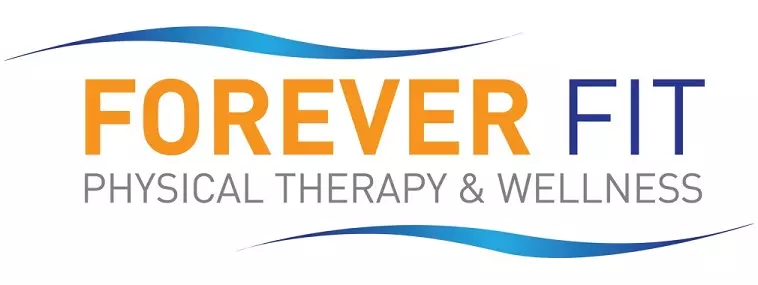Frozen shoulder is clinically known as adhesive capsulitis. The most common symptoms of frozen shoulder is stiffness. The stiffness tends to increase over time and can lead to severe limitations in shoulder motion and function. There is no known cause, but it is often seen in patients with a personal history of Diabetes, those over the age of 40 and people whose shoulder has been immobilized for a period of time.
Signs and Symptoms:
Frozen shoulder usually occurs in stages:
1. The freezing phase – you experience pain with most shoulder movements. There may be some stiffness starting to set in.
2. The frozen phase – Stiffness has increased greatly leading to a limitation in shoulder movement. You may not be able to reach overhead or behind your back.
3. The thawing phase – You start to see slow but steady improvement in your shoulder motion.
Prognosis
Frozen shoulder can symptoms can continue for 12-18 months but this process can be accelerated with Physical Therapy. Studies have shown improvements in shoulder motion in as little as 4 months from the onset of physical therapy intervention. Treatments for frozen shoulder that have been found to be most effective include:
-Passive Shoulder Motion
-Manual Therapy – Soft tissue mobilization, joint mobilization
-Exercise designed to improve shoulder motion and shoulder blade stability.
-Electrical stimulation to help with pain relief
For more information and videos on exercises for frozen shoulder and other dysfunctions, check out our Instagram page @foreverfitptw and our Facebook page, Forever Fit Physical Therapy and Wellness.

